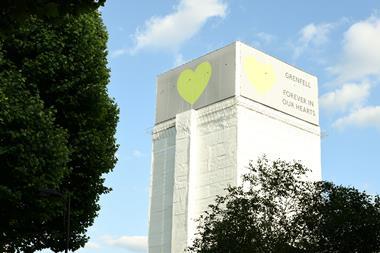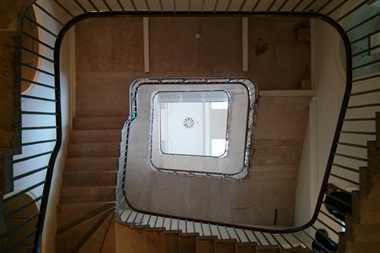Who can forget the harrowing images of fire ravaging Grenfell Tower in the early hours of Wednesday 14 June 2017, or the shocked incomprehension on the firefighters’ faces as they rushed towards the blaze, which having started as a seemingly innocuous kitchen fire on the fourth floor would spread so rapidly it would take the lives of 72 people and hospitalise 74 more?

In the immediate aftermath, numerous pledges were made to do whatever was necessary to prevent another Grenfell. Yet incredibly, four years on, dozens of buildings with the aluminium composite material (ACM) cladding that played such a significant role in spreading the fire have not yet had it removed – and tenants in those buildings may have to wait some time yet as the long-running political row over who should pay continues.
So who should foot the bill? Most agree it should not be the leaseholders, and parliament’s decision in late April to vote down a proposed amendment to the Fire Safety Bill intended to prevent them from having to cover the costs was rightly criticised. That they may now be liable to fork out up to £50,000 is unconscionable. But it is not as simple as placing the burden of responsibility entirely at the door of the housebuilders and landlords.
Yes, those who cut corners and whacked up unsafe buildings should, of course, bear full responsibility, but if the building was constructed to the standards of the time and signed off as fit for purpose at the time, then surely it is the standards that are at fault, not the industry.
The (inconvenient-for-some) truth is that while some are not doing enough, others, like Barratt, Taylor Wimpey and Persimmon, have arguably gone above and beyond, coughing up even though they were not legally obliged to.
Unfortunately, that doesn’t play well in the ‘innocent tenants versus nasty landlords’ narrative that persists. What does is the idea that those who bore absolutely no responsibility for the dangerous cladding should now share responsibility for the cost of remediating it, as they would under the proposed tax on the UK residential sector and Gateway 2 levy on developers seeking to develop high-rise buildings. As Southern Grove’s Andrew Southern argues: “Taxing developers, most of whom were not responsible for the cladding crisis, is laughable.”
One party that seems to have neatly deflected attention from its role in all this is the government, which has neither set enough money aside to tackle the problem nor spent enough of what it has set aside. As we report this week, it failed to allocate more than half the £1.6bn in cladding remediation money it promised to spend by 30 March.
In a powerful piece on the devastating impact on leaseholders, lawyer Tristan Wark, one of those left twisting in the wind in unsafe, unsellable apartments, says: “I would love for the government to foot the remediation bill, but I also understand the argument that it is not necessarily fair for taxpayers to effectively take on such liabilities.”
In the meantime, the cost of replacing the cladding continues to soar, making the £5bn that government has reportedly now set aside look less and less meaningful – especially if it continues not to allocate it.





























No comments yet